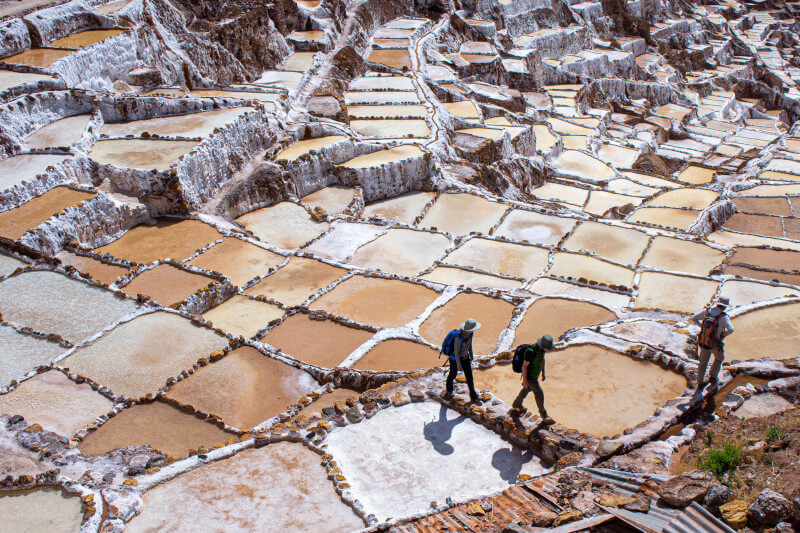Altitude sickness, also known as acute mountain sickness (AMS), can be a major concern for travelers visiting Cusco, Peru. The region of Cusco is located at an average elevation of 11,100 feet. Its high altitude can cause symptoms such as headache, nausea, and shortness of breath for those who are not acclimated to the area. However, there are ways to prevent and deal with altitude sickness in Cusco.
How to prevent altitude sickness?
The first step in preventing altitude sickness is to give your body time to acclimate to the high altitude. This can be done by spending a few days in Cusco city before embarking on any high-altitude excursions. During this time, it is important to stay hydrated, avoid alcohol, and get plenty of rest.
If you do begin to experience symptoms of altitude sickness, it is important to take immediate action. One of the most effective ways to alleviate symptoms is to descend to a lower altitude. If you are unable to descend, you should seek professional medical attention.

It’s also important to be mindful of your physical exertion while in Cusco. High altitude can cause fatigue and shortness of breath, which can be exacerbated by physical activity. It’s important to take it easy and pace yourself when engaging in activities such as hiking or climbing.
Additionally, it’s also important to note that while altitude sickness in Cusco is relatively common, it is not always a minor inconvenience. In severe cases, it can be life-threatening. If you experience symptoms such as chest tightness, difficulty breathing, or confusion, it is important to seek medical attention immediately.
Additional tips
Another way to prevent altitude sickness in Cusco is to pay attention to your diet. Eating foods that are high in carbohydrates can help to increase your oxygen levels, which can help to prevent altitude sickness. Additionally, drinking coca tea, a traditional Peruvian remedy, is also believed to help alleviate symptoms of altitude sickness.

It’s also important to be aware of the signs of severe altitude sickness, such as HAPE (high altitude pulmonary edema) and HACE (high altitude cerebral edema). These conditions can be fatal if not treated immediately, so it’s crucial to know the symptoms and seek medical attention if you suspect you or someone you’re traveling with may be experiencing them. Symptoms of HAPE and HACE include severe shortness of breath, coughing, confusion, and loss of coordination.
Altitude sickness in Cusco is a real concern for travelers visiting the region. However, by following the above tips, and being mindful of the warning signs, it’s possible to prevent and deal with altitude sickness. Remember, altitude sickness is a serious condition and should not be underestimated. If you’re planning a trip to Cusco, be sure to take the necessary precautions to ensure a safe and enjoyable experience.
Travel to Cusco with Peru Ancestral
At Peru Ancestral we are committed to provide the safest travel experience possible. Check our most popular tours:
- Machu Picchu Full Day
- Humantay Lake
- Rainbow Mountain (Vinicunca)
- Short Inca Trail
- Sacred Valley + Maras Moray









 Hi, how can I help?
Hi, how can I help? 